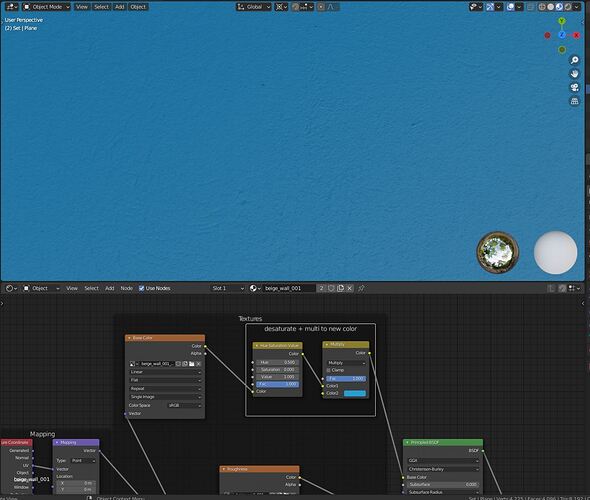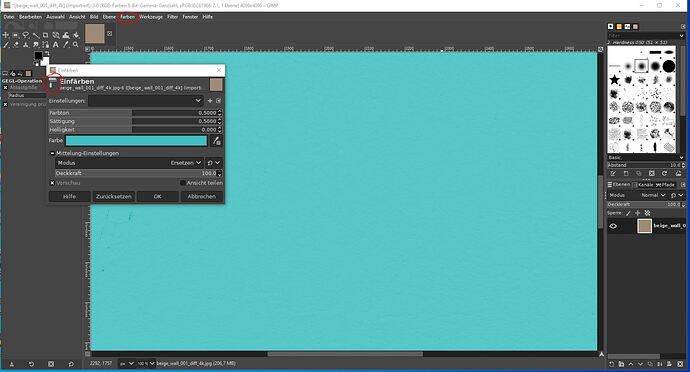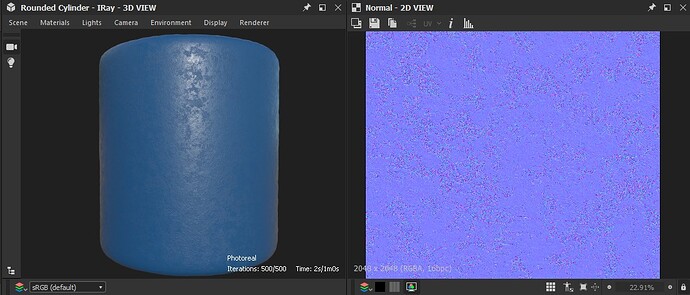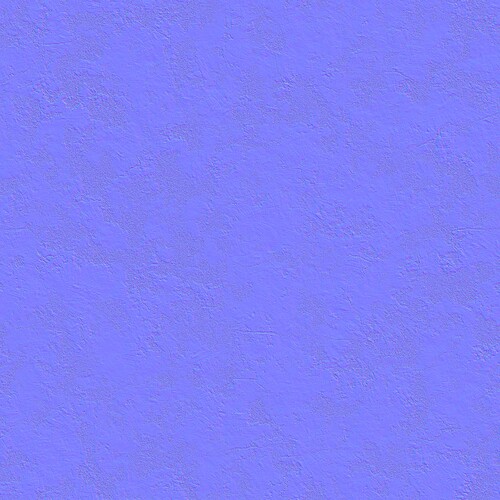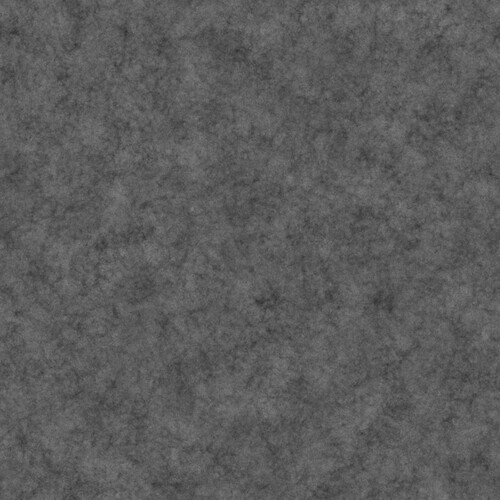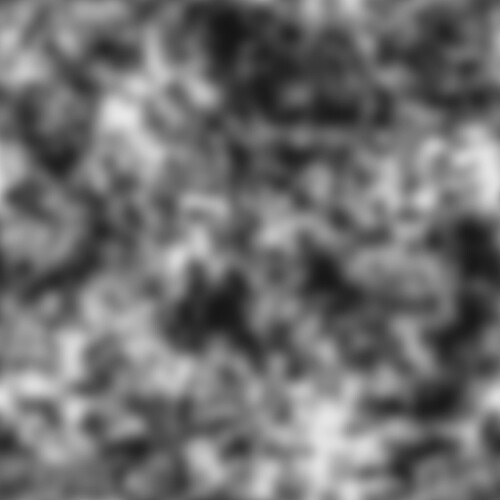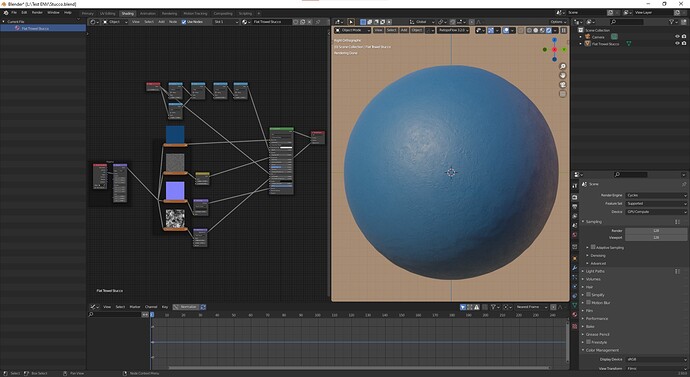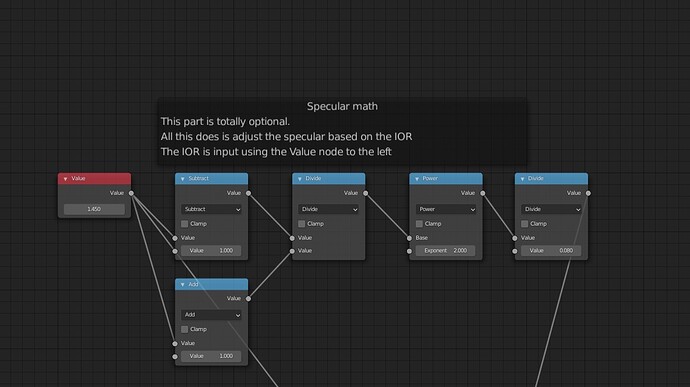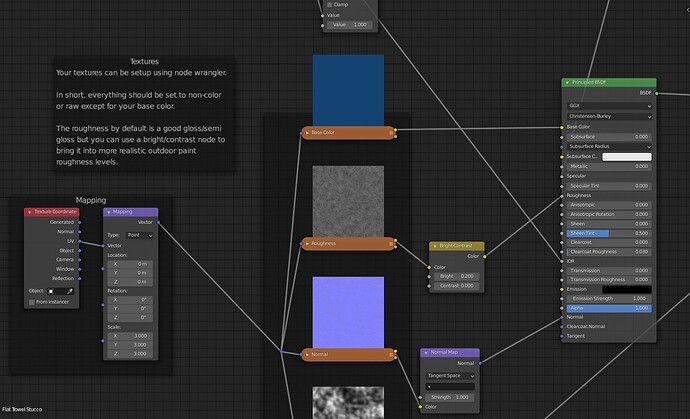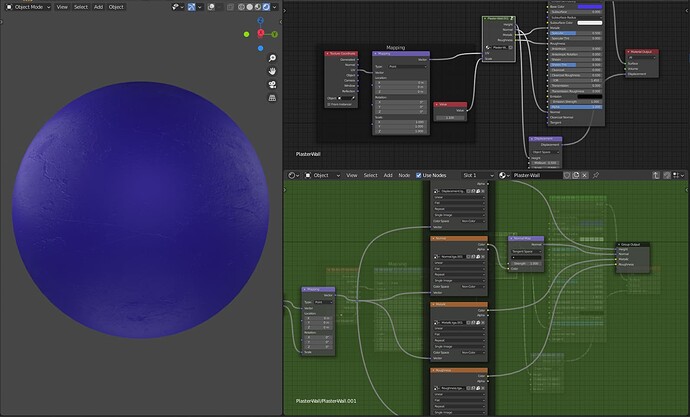I no longer have the SBS for mine. I didn’t actually save it. I did it so quickly that it isn’t at the typical standard I keep in my library so I didnt bother saving mine. I apologize.
As far as resources, not particularly. I studied traditional art before going to school for computer animation so for a while we had classes on architecture and its overlap with traditional art and possibly more obvious than not, fresco paintings are a huge part of that. Most of what I know came from my classes so I wouldn’t know where to begin trying to dig them up but I can hand down a small wealth of knowledge that you may be able to use to more easily target your research. All this to say, this was some time ago and just what I remember from school so some of it could be just a little off but the technical details for the most part stand.
I want to add that stucco literally means plaster but the context is what defines it at least for english speakers. Plaster is a bit of a catchall because the specific application of plaster can be vastly different vs just saying stucco which has some pretty specific applications and means of application.
Frescos obviously derive from Italian history but the principles of creating the plaster exist pretty much the same all over the world since long before anyone thought to paint on it. There are several methods but some exist even today, the most common is by using variations of lime. If the target is a beautiful fresco you will use quicklime (calcium oxide) and sand and water mixed together to create the intonaco, which has a high hydration level and will crack over time as it dehydrates. Alternatively what would be used for something like a caribbean building during the 1700s would be probably just straight crushed limestone (calcium carbonate) mixed with other raw earth materials like straw, sand, or even dung, and then water. Main problem with straight lime is the water retention and increased chance of cracking. These days we have really high quality materials and fiber glass that allow us to reduce cracking but back in the 1700s they would rely on other things for stability, which is why cracking and layers of patching was so common. They would have painted dry but they probably would have painted with calcium carbonate also. Thats part of why there is so little pigment. Lime is typically white which means not much darkening, and makes a great binder, but it is also white so it will desaturate the color quite a bit. You can mix pigment straight into a wet mixture of lime and water and begin painting away. This is where the process begins to act more like painting fresco agian, except instead of painting water onto plaster you are just mixing the pigment into the plaster directly and using it as the paint.
Pebbled plaster even then was made with, well, pebbles, but you needed to first get the pebbles, and it was less sturdy since straw famously is not as strong as fiber glass. Then we run into the next issue, water retention would be poor, and if it cracks its harder to stucco over because of the texture. For that reason finer granuals like sand were more commonly used, especially in caribbean regions where there is an abundance of sand. It then can lay down smooth, is easier to attain, easier to manage and repair, easier to paint, easier to clean. All around its just sorta easier. Initial application requires a bit more care sicne you have to shape it with a trowel instead of just packing it down with the back of a shovel, but all in all lead to less expensive better results.
hopefully, that helps a bit.

